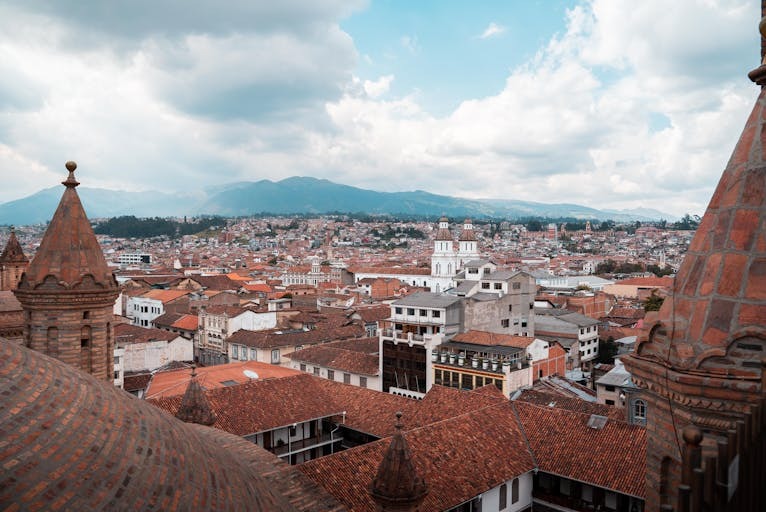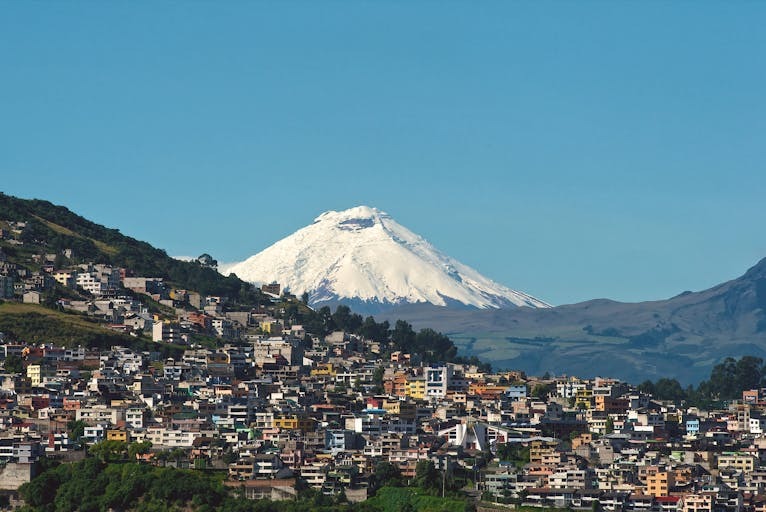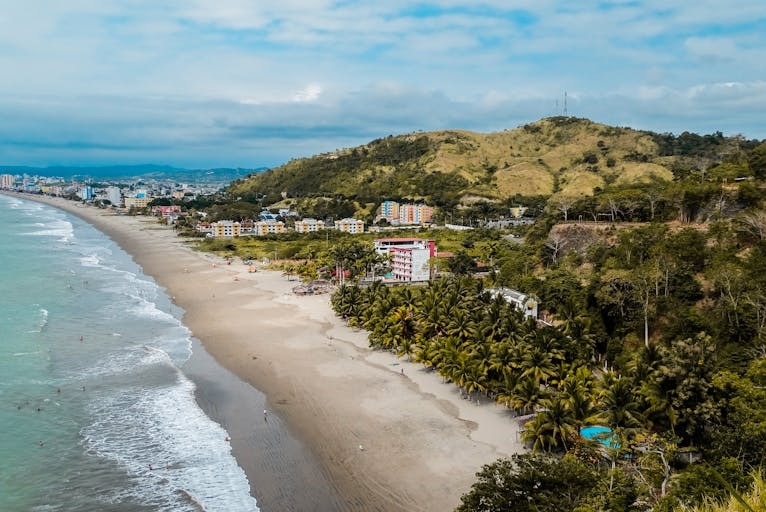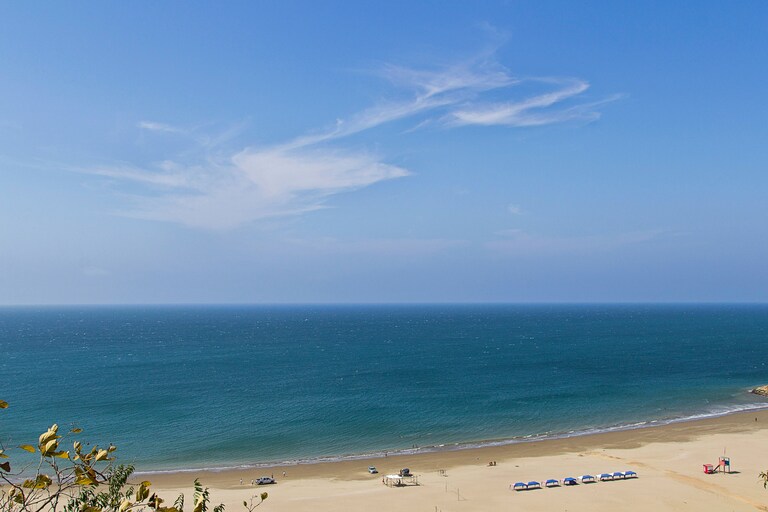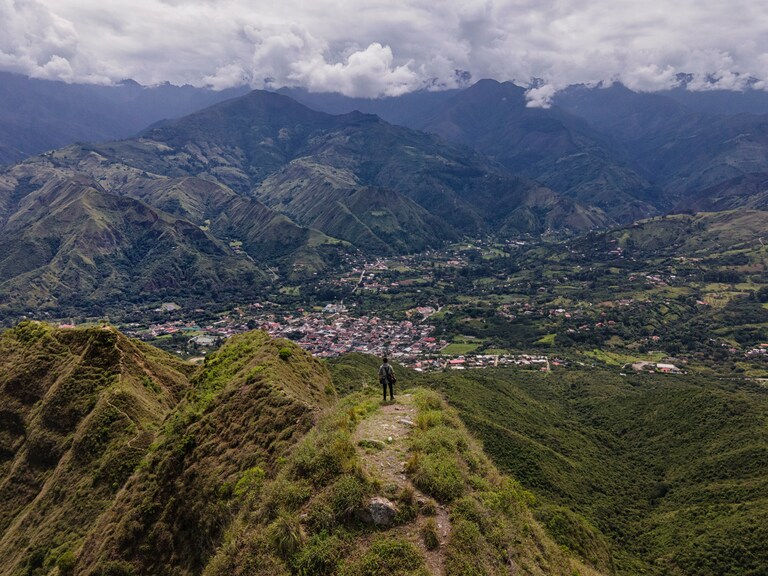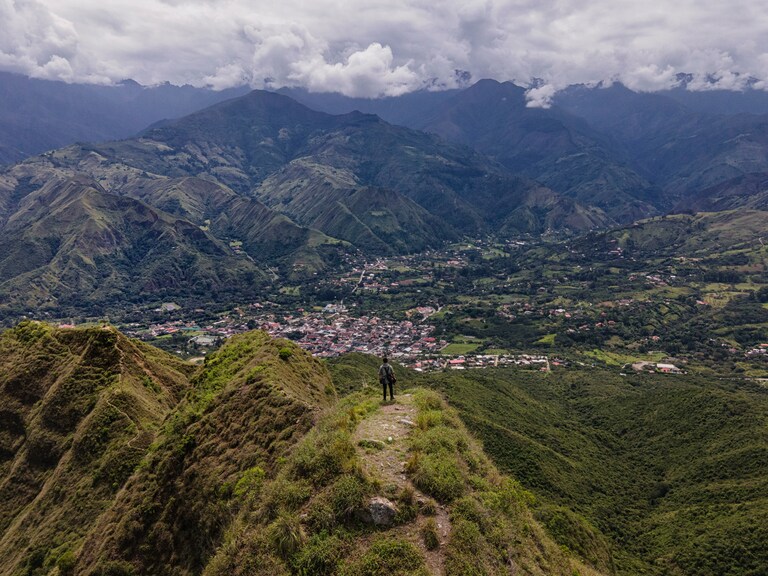Retire in Ecuador - 2026 guide for US expats
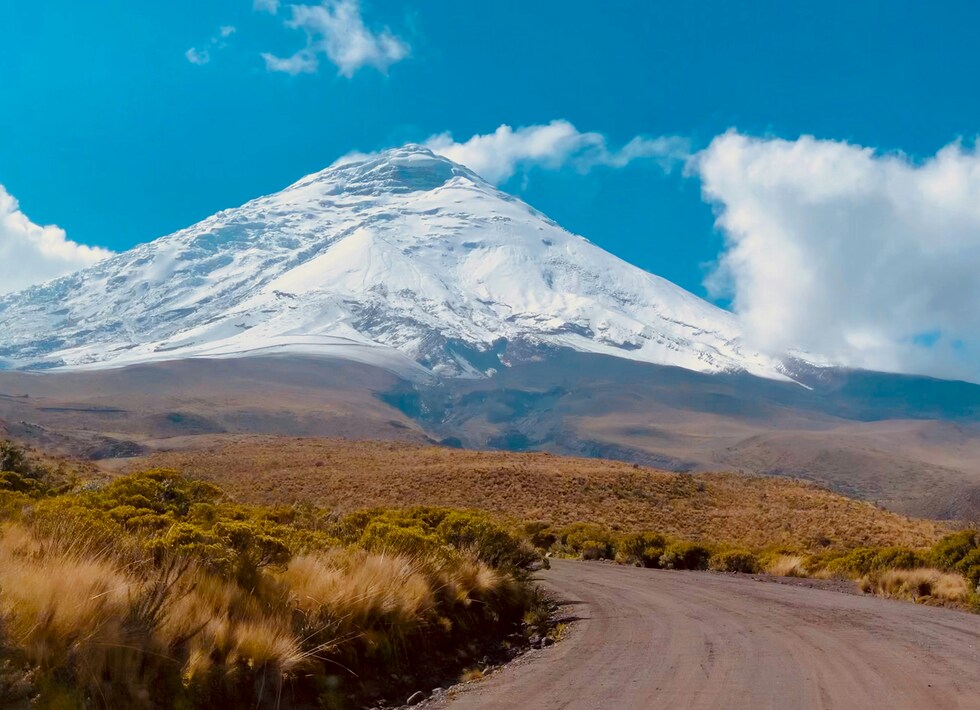
Thinking of retiring in Ecuador? With its perch in South America and growing reputation as a popular retirement destination, there’s good news for anyone ready to trade the nine-to-five grind for Andean vistas and Pacific breezes.
Beyond low living costs and sunny days, the country offers colonial treasures like Cuenca – a UNESCO World Heritage Site – that blend modern amenities with centuries-old charm. From tax perks to healthcare that stretches your budget, here’s what you need to know to retire in Ecuador confidently and comfortably.
Key takeaways
Dreaming of a wallet-friendly retirement in South America – without giving up modern comforts? Here’s the good news – Ecuador keeps winning most popular retirement destination polls for Americans, and the stats back it up.
- The cost of living sits about 60% below the US average – a retired couple in Cuenca often covers housing, food, and private healthcare for roughly $1,500 a month.
- A minimum monthly income of $1,410 in 2025 secures the two-year Jubilado visa – that figure equals three times Ecuador’s basic wage of $470.
- Living in Ecuador as an expat means joining a 10,000-strong US community clustered in Cuenca, Quito, and the beachfront city of Salinas – instant network, zero loneliness.
- Social Security and other foreign income stay untaxed in Ecuador, while progressive local rates on Ecuador-sourced earnings range from 0% to 37% – a long-term tax win.
Pros and the plot twists – of retiring in Ecuador
Luxurious frugality – Ecuador lets you feast for pennies while sipping coffee beside the peaks. Before you commit to living in Ecuador, scan this side-by-side rundown of retiring in Ecuador pros and cons to see whether the trade-offs work for you.
| Perks | Watch-outs |
|---|---|
| Dollarized economy – no exchange-rate headaches, easy US-to-US budgeting. | Local inflation pockets – rents and groceries in expat hubs keep edging up. |
| Perpetual spring climate – temperate Andean highs plus Pacific coast biodiversity for year-round outdoor living. | High-altitude acclimation – Quito (9,350 ft) and Cuenca (8,200 ft) can trigger soroche until you adjust. |
| Affordable, high-quality healthcare – health insurance premiums often run 50-70 % below US rates. | Public-system queues – long waits push many retirees toward extra private health insurance. |
| Cost-effective living – many couples thrive on <$23k a year. | Pricey imports & higher VAT – electronics, cars, and a 15% VAT can erode savings. |
| Streamlined Jubilado visa – show $1,410/month (2025) and gain a path to permanent residency. | Paperwork marathon – fingerprints, apostilles, and a 2-12-week processing window test patience. |
| Tax synergy – Ecuador taxes only Ecuador-source income; US credits help avoid double tax. | Ongoing US filing – skip an FBAR or Form 1040, and penalties loom large. |
| Robust expat network – thousands of Americans in Cuenca, Quito, and Salinas for instant community. | Spanish still matters – limited English outside major cities and bureaucratic slowdowns without it. |
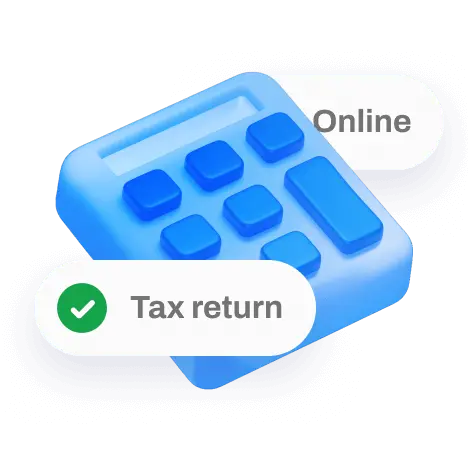
Options for Ecuador visas for retirees – pick your perfect perch in paradise
Your passport perks up at the first whisper of Andean sunsets – and you are met with the reply of five Ecuador retirement visas built for carefree golden years.
Pensioner / Jubilado visa
Show a lifetime pension, Social Security, or annuity of at least US $1,410 a month – three times the 2025 unified basic salary of US $470 – and the classic pensioner visa Ecuador welcomes you. The Ecuador retirement visa starts as a two-year temporary permit; clock 21 months in the country (no more than 90 days away) and you can switch to permanent residence.
Fees stay friendly at US $50 to apply, US $270 on approval, and US $15 for your cedula ID. You may not take a local payroll job, yet managing investments and volunteering remain perfectly legal – an easy fit for anyone living in Ecuador as an expat.
Rentista (Investment) visa
Prefer cash flow over pensions? Prove the same US $1,410 in repeatable monthly revenue, and the Rentista door swings open. Because the income need not be for life, rental properties, trust payouts and portfolio dividends all qualify.
After two years you follow the identical 21-month / 90-day rule to step into a permanent residency visa. The path is popular with property investors who want flexibility plus a quick glide to permanent residence.
Professional visa
Hold a university degree? Register it with SENESCYT, pair it with any verifiable income of at least US $470 a month and you’re in. This visa lets you work – salaried, freelance or by opening a business – from day one, making it the leanest of today’s visa options.
The two-year term counts towards the same 21-month benchmark for permanent residence. No large deposits, no pension proof – just credentials plus modest income.
Real-estate investor visa
Ecuador’s law sets the bar at 100 unified basic salaries – about US $47,000, based on appraised cadastral value, which can differ from market price – yet most expat advisors still recommend a clean US $100k title value to breeze through appraisal variances.
Register the lien on your deed, pay the standard US $335 in government fees and enjoy a two-year runway that leads straight to permanent residence once you satisfy the 21-month stay rule. You’re free to lease, sell or swap properties after approval. Business ownership and other work activities are also permitted.
Digital nomad bridge
Remote professionals can land a two-year Digital Nomad Visa by documenting foreign-sourced earnings of US $1,410 a month and paying US $50 to apply plus US $400 on issuance. The clock you spend under this permit also counts toward the 21-month test, letting you convert to another category – or straight to permanent residence – without resetting your timeline.
All income must originate outside Ecuador, but you may invoice global clients freely. Family members tag along for an extra US $250 per dependent each month.
| Visa type | Qualifying income / investment | Term | Government fees | Work allowance |
|---|---|---|---|---|
| Pensioner / Jubilado | US $1,410 monthly guaranteed pension | 2 → yrs permanent after 21 months | US $50 + 270 + 15 | Passive income only |
| Rentista | US $1,410 monthly recurring income | 2 → yrs permanent | US $50 + 270 + 15 | Manage investments |
| Professional | Degree + US $470 monthly income | 2 → yrs permanent | US $50 + 270 + 15 | Any job or business |
| Real-estate investor | Property title US $47k (US $100k advised) | 2 → yrs permanent | US $50 + 270 + 15 + lien costs | Business & leasing |
| Digital nomad | Remote income US $1,410 mo | 2 → yrs, renewable once | US $50 + 400 | Foreign remote work only |
These five routes give retirees clear visa options tailored to different lifestyles and budgets and each lets you graduate to permanent residence without derailing your plans to enjoy Ecuador’s year-round spring.
Checklist for retiring in Ecuador
Picture your golden-years passport as a backstage pass – and tick every box below and the curtain rises on life in Ecuador.
- Prove at least $1,410 in guaranteed monthly income to meet the Ecuador retirement visa rule when you retire to Ecuador.
- Order an FBI background check, apostille it, and translate the report into Spanish.
- Collect state police clearances for any place you lived in the past five years – also apostilled and translated.
- Buy private or public health insurance that covers your first 90 days living in Ecuador as an expat.
- Apostille and translate your passport copy plus any marriage or birth certificates before filing.
- Submit the pensioner visa Ecuador application through the online visa options portal, repeating the Ecuador retirement visa checklist for accuracy.
- Stay in-country at least 21 months with no more than 90 days abroad to qualify for permanent residence.
- Collect your cedula ID within 30 days to simplify banking and daily life while living in Ecuador as an American.
- Keep digital copies of every apostille, translation, and receipt handy when re-entering Ecuador as a US citizen.
Cost of retiring in Ecuador – live large on a lean budget
From cool-mountain Cuenca to sun-kissed Salinas, Ecuador’s cost of living lets most retirees meet the minimum monthly income requirement for the Jubilado visa on a single pension check. Here’s what typical monthly outlays look like right now for one person vs. a couple in six popular towns.
| City | Rent (1-br / 3-br) | Utilities | Groceries | Healthcare |
|---|---|---|---|---|
| Cuenca | $320 – $380 / $650 – $700 |
$40 – $55 | $160 – $240 / $350 – $450 |
$70 – $90 / $130 – $160 |
| Quito | $450 – $500 / $750 – $800 |
$35 – $45 | $180 – $260 / $400 – $500 |
$75 – $100 / $140 – $170 |
| Manta | $450 – $500 / $1,200 – $1,300 |
$90 – $110 | $170 – $230 / $380 – $480 |
$70 – $90 / $130 – $160 |
| Salinas | $450 – $500 / $630 – $700 |
$35 – $45 | $160 – $220 / $360 – $460 |
$70 – $90 / $130 – $160 |
| Vilcabamba | $300 – $350 / $600 – $650 |
$55 – $65 | $150 – $210 / $340 – $440 |
$65 – $85 / $120 – $150 |
| Cotacachi | $250 – $280 / $400 – $450 |
$30 – $40 | $150 – $200 / $330 – $420 |
$65 – $85 / $120 – $150 |
Estimates reflect typical costs for utilities, groceries, and healthcare in each city. Data sourced from Numbeo’s Ecuador cost of living guide.
Need-to-know numbers
- The cost to retire, including taxes comfortably (rent + everyday expenses) starts around $1,100 for a single in Cotacachi and rises to $2,300 for a couple in Manta.
- Ecuador’s current minimum income requirement for the retirement visa is $1,410 a month for the primary applicant, plus $250 per dependent.
- These figures sit well below the average US Social Security benefit, making the requirement to retire in Ecuador achievable for many US expats.
NOTE! Ecuador’s dollarized economy shields retirees from FX risk – no currency swings to erode your spending power.
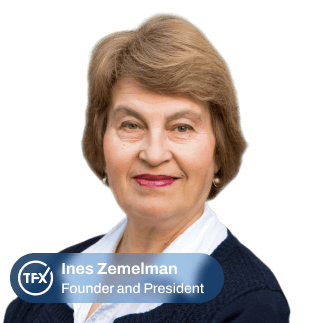
Peak sweet spots – best place to retire in Ecuador
Already a popular retirement destination for many US expats, the six towns below show just how varied – and thrilling – retiring in Ecuador can be.
Cuenca
Cuenca’s metro counts roughly 461,000 residents – its colonial center is UNESCO-listed. Walkable streets, spring-like skies, buzzing expat cafés. Crime is rated moderate, so keep normal city smarts.
Quito
About 2,017,000 people call the high-altitude capital home. Capital-city perks make retiring in Ecuador doable without giving up big-city arts or nonstop flights. Violent crime runs high – stay in well-lit areas and use trusted transport.
Salinas
Roughly 44,000 residents enjoy this Pacific playground. Surf breaks, the Malecón boardwalk and open-air seafood markets pack big fun into a coastal beach town. Generally safe but watch for petty theft on busy sands and in nightlife zones.
Manta
Manta now tops about 290,000 people and keeps growing around its busy cruise port. New malls, private clinics and direct flights to Panama add polish for globe-trotters. Security has improved after a 15-16 % nationwide decline in homicides in 2024 (8,237 down to 6,964 violent deaths, yet gang activity means vigilance is still wise.
Vilcabamba
Only ≈5,500 residents share this lush valley. Its mild micro-climate and wellness retreats make slow-paced living in Ecuador a delight. Overall crime is low, though petty theft can happen on hiking trails up mountain villages.
Cotacachi
Home to roughly 21,000 people, this mountain hamlet is ringed by Andean peaks. Artisan leather markets and a tight-knit community of US retirees keep life interesting. Crime levels are among the lowest in the region – most expats feel secure strolling after dark.
Healthcare in Ecuador for US expats
Here’s the good news – living in Ecuador as a US expat unlocks a healthcare menu that is both high quality and wallet-friendly. Every visa applicant must now prove they have valid health insurance before the consulate will stamp their passport – plans from BMI or Saludsa tick the box.
Many newcomers start with the IESS social security plan, which runs about $83 for a single retiree or $99+ for a couple at the minimum declared income each month and grants access to public hospitals, lab work and medications. Those who prefer shorter waits lean on private clinics, where a same-day doctor visit is typically $35-$40 – a slim emergency policy covers the big stuff while cash handles everyday care.
Pharmacy prices sweeten the deal – common prescriptions like thyroid tablets cost just $2-$3 a month and even brand-name drugs can run one-tenth of US sticker prices.
Taxes for US citizens retiring in Ecuador
Ready to keep more cash in your pocket while sipping canelazo in Cuenca? Here’s the fast-track guide.
Ecuador taxes
- Foreign pensions stay untouched – Ecuador’s territorial system leaves Social Security, IRAs, and other US-source retirement income tax-free once they hit your local account.
- Progressive brackets top out at 37% – For Ecuador-sourced earnings (consulting, rentals, dividends), 2025 resident rates climb from 0% on the first $12,081 to 37% on income of $108,810; non-residents face a flat 25% withholding.
- 183-day rule defines residency – Spend more than six months in country in a rolling 12-month window and you’re taxed as a resident on worldwide income (with that foreign-pension carve-out intact).
US taxes
When you settle in Ecuador as a US citizen, Uncle Sam still wants an annual hello. File Form 1040 each year; leverage the foreign earned income exclusion to shelter up to $130,000 of Ecuador-sourced wages (2025 figure) or use Form 1116 to claim the Foreign Tax Credit on any Ecuador tax you do pay. Watch your reporting duties: Form 2555, FinCEN 114 (FBAR), and Form 8938 often tag along.
There’s no income-tax treaty and no totalization agreement between the two nations, so self-employed retirees could owe both US self-employment tax and Ecuadorian IESS contributions. The silver lining: the SSA’s International Direct Deposit program (SSA-1199-OP75) pipes your social security benefits straight into Ecuadorian banks – and Ecuador doesn’t tax those deposits. If your income is limited to US-source pensions or Social Security, your Ecuador liability is usually zero, though you’ll still file stateside.
NOTE! US citizens residing abroad must file their 2024 federal return by June 16, 2025 (the automatic June 15 date slides because it falls on a Sunday) – but any tax due still has to reach the IRS by April 15, 2025 to dodge interest and penalties.
Need breathing room? File Form 4868 or use our free expat extension service to push your paperwork deadline to October 15, 2025.
Retire smart in Ecuador with Taxes for Expats
From the peaks to the Pacific coastline, Ecuador offers more than just breathtaking views – it’s one of the most tax-friendly, affordable, and fulfilling destinations for US retirees. Whether you’re living off Social Security or drawing down an IRA, Ecuador’s tax breaks and lifestyle perks make every dollar stretch further.
At Taxes for Expats, we help Americans retire abroad without IRS surprises – ensuring you keep your benefits, stay compliant, and file stress-free every single year. With expert hands guiding your retirement taxes, you can enjoy Ecuador’s easygoing life without second-guessing the fine print.

FAQ
Yes – the SSA’s International Direct Deposit program (Form SSA-1199-OP75) wires your dollars directly into approved Ecuadorian banks, with no Ecuadorian tax on the transfer.
Skipping Part B means a permanent 10% surcharge for every 12-month gap if you re-enroll, so most expats keep paying even though Medicare rarely covers care abroad.
No – FEIE only shields compensation for personal services; passive rental income must be reported and is typically offset with the Foreign Tax Credit instead.
Plan on about a 10% municipal Plusvalía on the property’s appreciation, plus US capital-gains reporting back home. The capital gains Plusvalía tax depends on the municipality, not national law. While 10% is a common benchmark, actual rates range from 5-15%.
Only if you have taxable earned income after exclusions – FEIE-excluded wages don’t count toward the contribution limit, so many retirees pause Roth funding unless they consult or work part-time.




